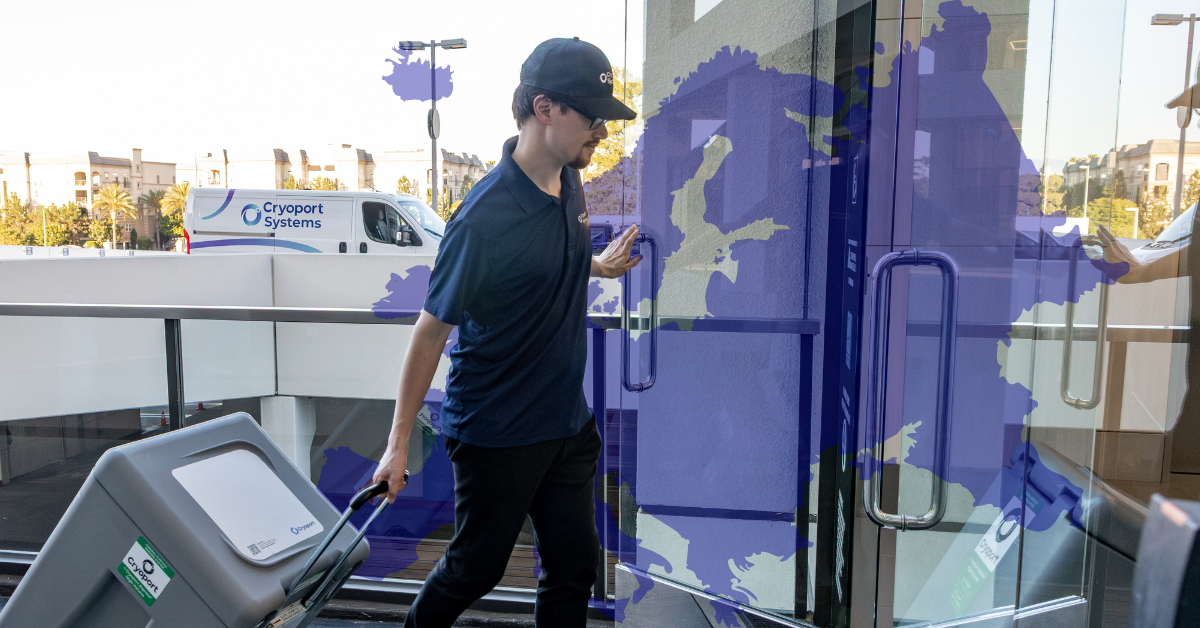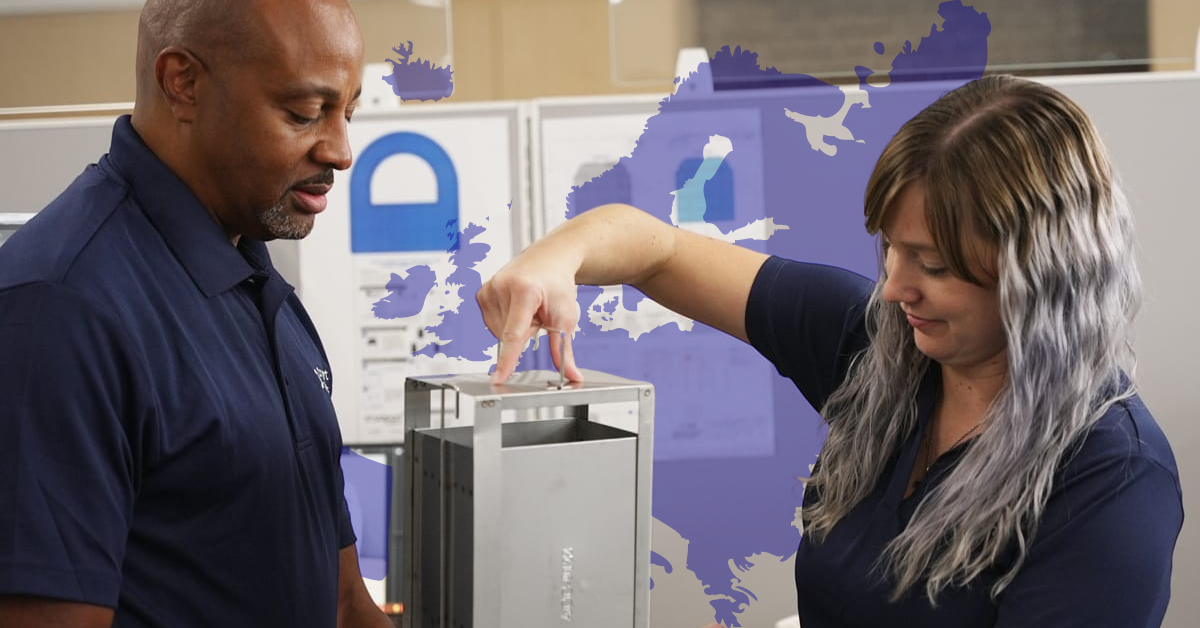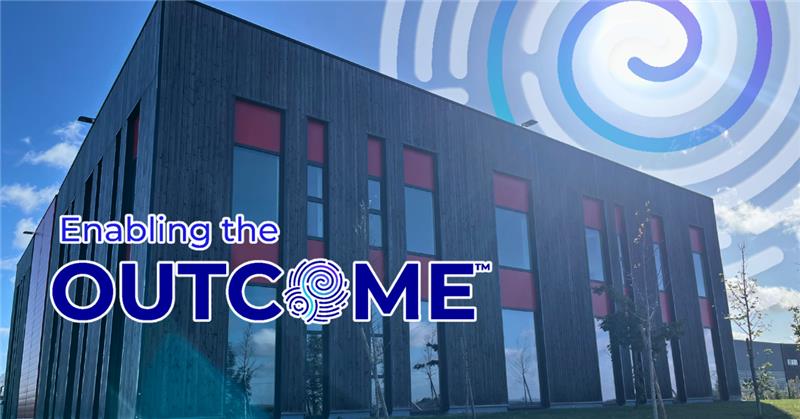Resilience by Design: Lessons from Real-World Disruption
When it comes to Advanced Therapy Medicinal Products (ATMPs), disruption isn’t an “if,” it’s a “when.” When you’re dealing with unpredictable situations like geopolitical instability, sudden site closures, supply chain bottlenecks, or even weather-related delays, any disruption can potentially jeopardize patient treatments that may be irreplaceable. For sensitive therapies like these with narrow viability windows and strict temperature requirements, even a small deviation in process can have outsized consequences.
In her Beyond Biotech podcast interview with Labiotech, Alison Pritchard, VP of Business Development for EMEA at Cryoport Systems, explained why resilience is one of the most critical (but often overlooked) pillars of ATMP delivery.
“Even the most meticulously planned supply chain can be vulnerable to disruption,” Alison said. “Resilience means having contingency plans and communication built in.”
For Alison, resilience is not just about having backup equipment or alternate routes on paper, it means building agility into the DNA of the supply chain so that when the unexpected happens, the response is immediate, coordinated, and highly effective.
Rigid Isn’t Always Reliable
Many therapy developers strive for efficiency through highly controlled, tightly sequenced workflows. While this approach can work well in stable conditions, it leaves little room to adapt when those conditions change. In advanced therapy logistics, conditions change more often than many anticipate.
The reality is that weather events, customs delays, staffing shortages, or manufacturing hiccups can occur without warning. In these moments, a supply chain designed for peak efficiency may lack the flexibility to respond without risking delays or compromising therapy integrity.
“The most rigid operational workflows can sometimes be the most brittle,” Alison observed. “They work beautifully, until they’re stress tested.”
Efficiency and resilience are not mutually exclusive, but resilience must be designed intentionally. This means building flexibility into timelines, having pre-approved alternative routing, and training teams to make swift adjustments while still adhering to compliance requirements. A truly resilient workflow can bend without breaking, maintaining the critical balance between adaptability and control.
The Human Factor in Resilience
Technology and infrastructure play major roles in protecting ATMP supply chains, but Alison emphasized that human collaboration is just as essential. People are the ones who interpret the real-time data, make judgement calls in the moment, and coordinate across stakeholders to solve problems quickly.
A network of engaged, well-informed partners, including everyone from the therapy developer to the courier to the clinical sites, creates the foundation for that agility. Without strong working relationships and open communication, even the best-designed contingency plans can fall short in execution.
“It’s about the strength of the partnership, the communication, and the preparedness of the entire ecosystem,” Alison pointed out.
This means investing time in relationship-building, establishing clear communication channels long before they’re needed, and running scenario-planning exercises that bring multiple stakeholders together. It also means choosing supply chain partners who will act as an extension of your own team, committed to the same outcome of getting the therapy to the patient, on time and uncompromised.
Case Study: Rapid Response to a Site Closure
One example that demonstrates the power of embedded resilience came when a therapy developer manufacturing an allogeneic product experienced an unforeseen crisis when a key biostorage site, along with the company managing it, abruptly shut down. The closure put critical materials (including manufactured therapies for patients already enrolled in clinical trials) at immediate risk.
For most organizations, this kind of event could lead to significant delays, regulatory complications, loss of product, and even delays in the clinical trial. But because Cryoport Systems was already deeply integrated into the client’s supply chain, their team could move quickly to implement a contingency plan.
“We executed a really rapid contingency plan with no impact on clinical timelines or on the patients,” Alison recalled.
This was possible because roles and escalation procedures had already been agreed upon. Cryoport Systems had the infrastructure, relationships, and procedures in place to relocate the stored clinical drug product without delay. For the developer, Cryoport Systems’ ability to respond within hours preserved both patient safety and trial integrity and underscored the value of having a partner who is proactive rather than reactive.
Designing for the Unknown
It’s tempting to think of resilience as something you need “just in case,” but for advanced therapies, the “case” is too frequent (and the stakes too high) to push onto a to-do list for another day. Designing resilience into the supply chain from day one ensures that the organization is prepared for these events rather than scrambling to create workarounds in the heat of the moment.
“You can’t predict every scenario,” Alison said. “But you can build a team that’s agile enough to respond effectively when the unexpected does happen.”
In practice, this means having redundant infrastructure across strategic locations, deploying serialized and validated equipment with full lifecycle performance tracking, using continuous monitoring systems to detect anomalies early, and ensuring cross-trained staff can step in when needed. It also involves scenario-specific risk mapping and anticipating disruptions unique to each therapy’s origin, destination, and journey from start to finish.
The Role of Technology and Resilience as a Competitive Advantage
Resilience today is powered by visibility. Technology enables continuous monitoring of shipments and also predictive analytics that identify potential risks before they materialize. Cryoport Systems’ integrated shipment monitoring tracks temperature, geolocation, orientation, shock, and humidity, along with other critical data points for sensitive therapeutics that cannot tolerate deviation.
In a market where regulators demand proof of control, where investors watch timelines closely, and where patients depend on timely access, a resilient supply chain becomes a competitive differentiator.
“The more resilient supply chains are the ones where people are aligned and ready to act fast,” Alison emphasized.
Companies that build resilience early not only reduce risk but also strengthen their market position. They can scale more confidently, expand global trials smoothly, and respond to challenges without sacrificing quality or compliance. For therapy developers, this can translate into faster time to market as well as stronger trust across the board.
A Forward-Looking Mindset
Resilience is not one-and-done, another achievement to reach, it’s an ongoing practice. As therapy volumes increase and patient populations expand, manufacturing models evolve, and global conditions shift, contingency strategies need to be reviewed and refined. Cryoport Systems approaches resilience as a living strategy, adapting infrastructure, technologies, and partnerships ahead of the changing needs of clients and the industry.
“It’s about building systems, teams, and relationships that can scale and adapt,” Alison said. “That’s how we protect the promise of these therapies, not just today, but for the long term.”
Resilience is the bridge between innovation and patient access. It’s what turns a vulnerable supply chain into one that can deliver, no matter the challenge.
You can listen to the full podcast interview with Alison Pritchard here.


